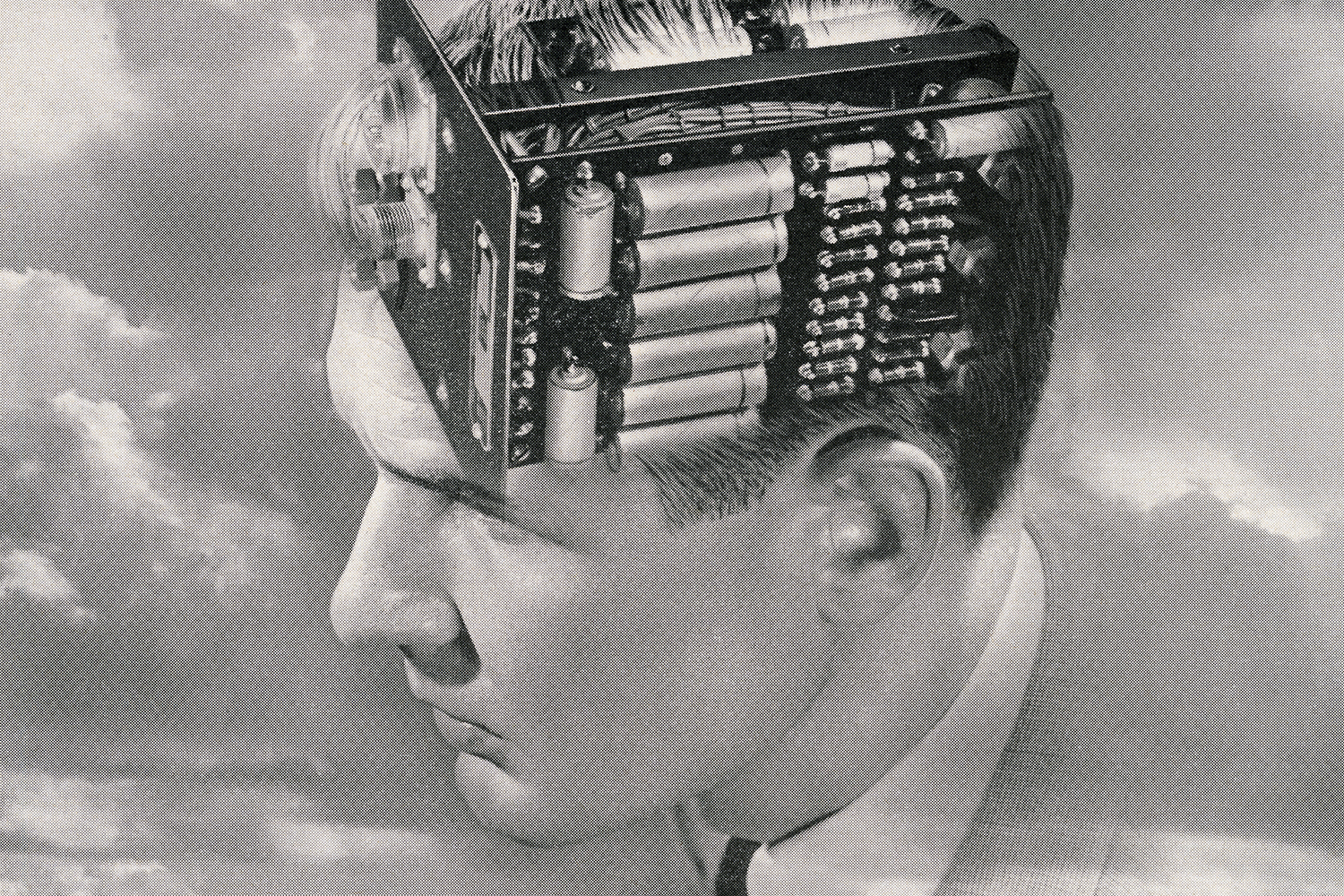It has been 21 years since IBM’s Deep Blue supercomputer checkmated chess champion Garry Kasparov, marking a historic moment in the development of artificial intelligence technologies. Since then, artificial intelligence has invaded everyday objects, such as cell phones, cars, fridges, and televisions.
copyright by foreignpolicy.com
 But the world economy seems to have little to show for the proliferation of smartness. Among advanced economies, productivity growth is slower now than at any time in the past five decades. National GDPs and standards of living, meanwhile, have been relatively stagnant for years.
But the world economy seems to have little to show for the proliferation of smartness. Among advanced economies, productivity growth is slower now than at any time in the past five decades. National GDPs and standards of living, meanwhile, have been relatively stagnant for years.
This situation poses something of a riddle: Previous waves of technical innovation have come with rising productivity and, in turn, leaps forward in economic growth and well-being. For example, once electricity became widespread in the United States in the 20th century, labor productivity started growing at an annual rate of 4 percent—almost four times higher than the current rate.
There are two schools of thought about today’s productivity puzzle. On the one hand are techno-pessimists, such as Northwestern University professor Robert Gordon, who believe that today’s technologies are the issue. The six innovations that powered economic growth from 1870 to 1970—electricity, urban sanitation, chemicals, pharmaceuticals, the internal combustion engine, and modern communications technologies—the thinking goes, were simply more transformative than, say, Siri.
On the other hand are techno-optimists who counter that today’s innovations—cloud computing, big data, and the “internet of things,” which are at the heart of the artificial intelligence revolution—are, indeed, transformative and that their benefits are already being enjoyed by firms and consumers around the world. The problem, scholars such as British economists Jonathan Haskel and Stian Westlake argue, is that national accounting statistics simply cannot capture those benefits. The concept of GDP first emerged in the 1930s to measure economies that were primarily devoted to the production of tangible goods. Intangible goods and services, by contrast, increasingly dominate today’s economies. If GDP figures properly tallied the intangible economy, the argument goes, then productivity growth would look much better.
There is some truth in both theories; certainly, electricity changed the structure of work and home life in ways that Google Home has not. It is likewise true that GDP does not count free online services such as Google, Facebook, and YouTube that massively contribute to the well-being of consumers. But there might be a third, more straightforward, solution to the productivity riddle—one that even reconciles the other two. Simply put, the latest revolution is not showing up in national statistics because it has not yet really begun. […]
read more – copyright by foreignpolicy.com


It has been 21 years since IBM’s Deep Blue supercomputer checkmated chess champion Garry Kasparov, marking a historic moment in the development of artificial intelligence technologies. Since then, artificial intelligence has invaded everyday objects, such as cell phones, cars, fridges, and televisions.
copyright by foreignpolicy.com
This situation poses something of a riddle: Previous waves of technical innovation have come with rising productivity and, in turn, leaps forward in economic growth and well-being. For example, once electricity became widespread in the United States in the 20th century, labor productivity started growing at an annual rate of 4 percent—almost four times higher than the current rate.
There are two schools of thought about today’s productivity puzzle. On the one hand are techno-pessimists, such as Northwestern University professor Robert Gordon, who believe that today’s technologies are the issue. The six innovations that powered economic growth from 1870 to 1970—electricity, urban sanitation, chemicals, pharmaceuticals, the internal combustion engine, and modern communications technologies—the thinking goes, were simply more transformative than, say, Siri.
On the other hand are techno-optimists who counter that today’s innovations—cloud computing, big data, and the “internet of things,” which are at the heart of the artificial intelligence revolution—are, indeed, transformative and that their benefits are already being enjoyed by firms and consumers around the world. The problem, scholars such as British economists Jonathan Haskel and Stian Westlake argue, is that national accounting statistics simply cannot capture those benefits. The concept of GDP first emerged in the 1930s to measure economies that were primarily devoted to the production of tangible goods. Intangible goods and services, by contrast, increasingly dominate today’s economies. If GDP figures properly tallied the intangible economy, the argument goes, then productivity growth would look much better.
There is some truth in both theories; certainly, electricity changed the structure of work and home life in ways that Google Home has not. It is likewise true that GDP does not count free online services such as Google, Facebook, and YouTube that massively contribute to the well-being of consumers. But there might be a third, more straightforward, solution to the productivity riddle—one that even reconciles the other two. Simply put, the latest revolution is not showing up in national statistics because it has not yet really begun. […]
read more – copyright by foreignpolicy.com
Share this: